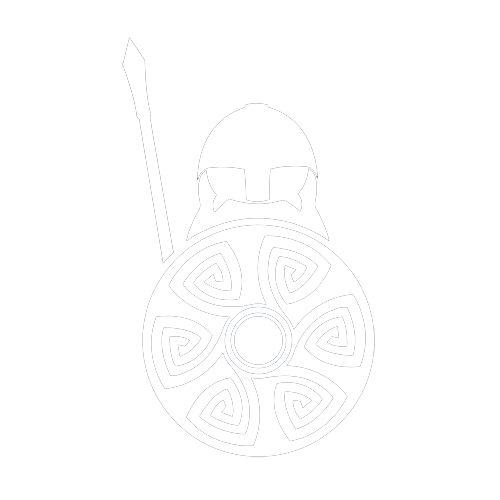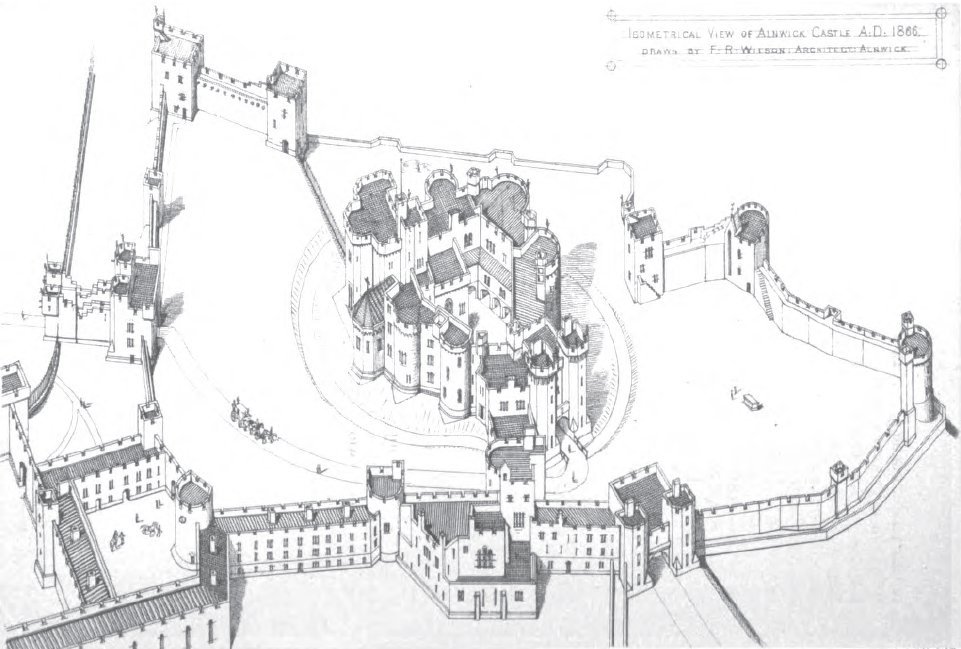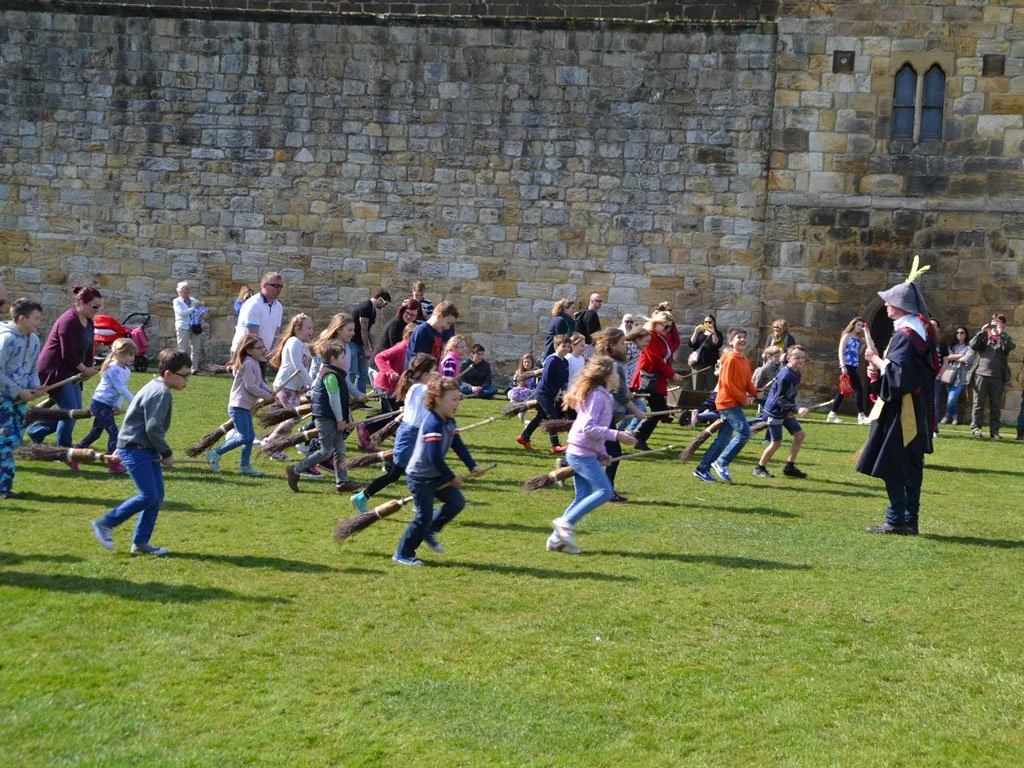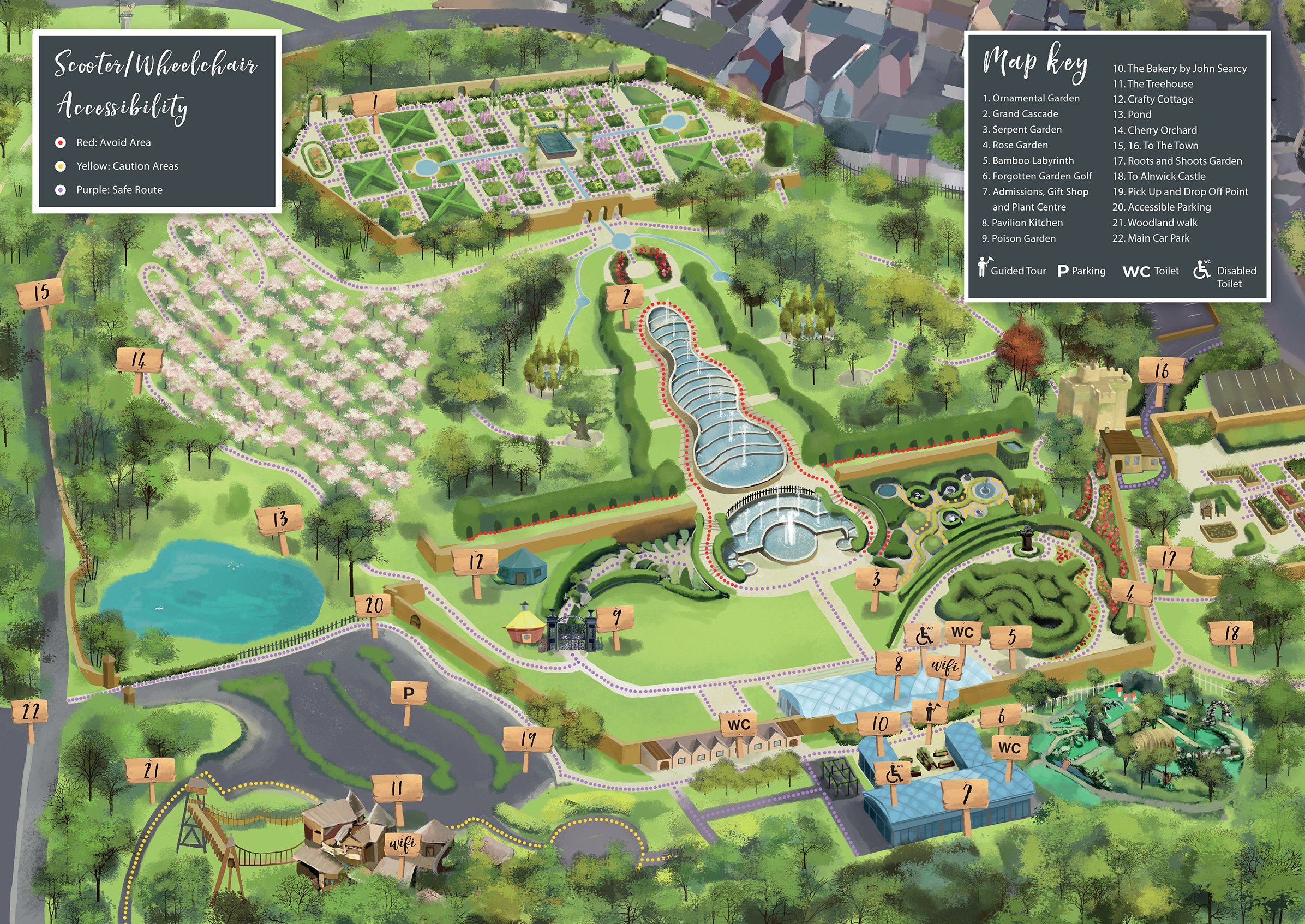Alnwick Castle the Border Fortress of the Dukes of Northumberland
Alnwick Castle is a vast stone fortress, guarding the nearby River Aln in Northumberland. Its history dates back to the Norman times, when Alnwick was part of the powerful Anglo-Saxon Kingdom of Northumbria.
Early in the 11th century, Northumbria came under attack from Malcolm II of Scotland and Owen the Bald of Strathclyde, in the Battle of Carham. The Scottish victory determined the new eastern border of Scotland at the river Tweed. When William the Conqueror invaded England in 1066, he set about dominating the land through castle building. With the threat of further Scottish attacks, William I secured Northumbria by building Alnwick Castle, along with others like Bamburgh Castle further north.
The History of Alnwick Castle
Alnwick Castle has been home to the Earls, and then Dukes of Northumberland for over 700 years. William I granted the castle to Gilbert de Tesson, his standard bearer at the Battle of Hastings, who built a wooden castle on the site.
The First Battle of Alnwick
In 1093, Malcolm III of Scotland had invaded England, and arrived at the walls of Alnwick Castle. Northumberland was a contested land between England and Scotland, and Malcolm was determined to take the land back.
Robert de Mowbray, the Earl of Northumbria, was stationed at nearby Bamburgh Castle, gathering a small army to face Malcolm. In November, de Mowbray marched north in a surprise attack, and defeated the Scottish army, killing Malcolm III.
However, allegiances change. In 1095, Gilbert de Tesson and Robert de Mowbray rebelled against William II, in an attempt to put Stephen of Aumale on the throne. The rebellion failed and de Tesson lost his ownership of Alnwick, which was returned to the crown. Robert de Mowbray was imprisoned at Windsor Castle.
Yves de Vescy the First Baron of Alnwick
In 1096, Yves de Vescy obtained the lands and lordship of Alnwick from William II. He immediately rebuilt Alnick in stone, following the same castle shape we see today.
De Vescy built the castle's keep differently to most Norman keeps in England, which are usually square. Alnwick's keep is circular, and consists of several towers, which surround a central courtyard. However, this area is too small to accommodate all the castle buildings, so further towers and buildings were added to the southern wall.
The central courtyard is flanked by the inner and outer baileys, which are encircled by the stone curtain wall. Most of the original stone in the wall can still be seen today. A large section of wall to the north has been lowered in recent times, to provide magnificent views of the surrounding parkland and River Aln.
Alnwick Castle During the Anarchy
During the Anarchy of 1135-1154, King Stephen was in a bitter rivalry with his cousin Matilda, for the throne of England. In 1138, Yves de Vescy's son-in-law, Eustace de Vescy, handed over Alnwick Castle to King David I of Scotland, who supported Empress Matilda's claim.
Later that year, King Stephen's army defeated David I at The Battle of Standard, returning the Alnwick back to Eustace de Vescy. By this stage, Alnwick Castle was described as being "most heavily fortified" by a chronicler, and a dozen knights were provided by the barony to the crown.
The Second Battle of Alnwick
Matilda's son, Henry II, was now king of England, and he regained control over the northern border with Scotland. But in 1173, William IV (the Lion) of Scotland invaded northern England, after diplomacy had failed, and attacked Alnwick Castle along with other nearby castles.
Alnwick's strong defence resisted William the Lion's attack, and the invasion failed. A second siege was attempted a year later in 1174, this time a small English army led by Ranulf de Glanville ambushed the Scots, in the Second Battle of Alnwick. William the Lion failed again, and was captured.
Alnwick Castle in Rebellion
During the reign of King John, the owner of Alnwick Castle, Eustace de Vescy, was one of the 25 barons who drew up the Magna Carta. Unable to serve the tyrannical king any longer, de Vescy revolted and allied himself with Alexander II of Scotland. King John threatened to destroy Alnwick as a result, but his threat was never followed through.
In 1215, Eustace de Vescy and Alexander II lay siege to Barnard Castle, which was owned by King John's ally Hugh de Baliol. But de Vescy moved too close to the action, and was killed by an arrow, striking his helmet with tremendous force, killing him instantly!
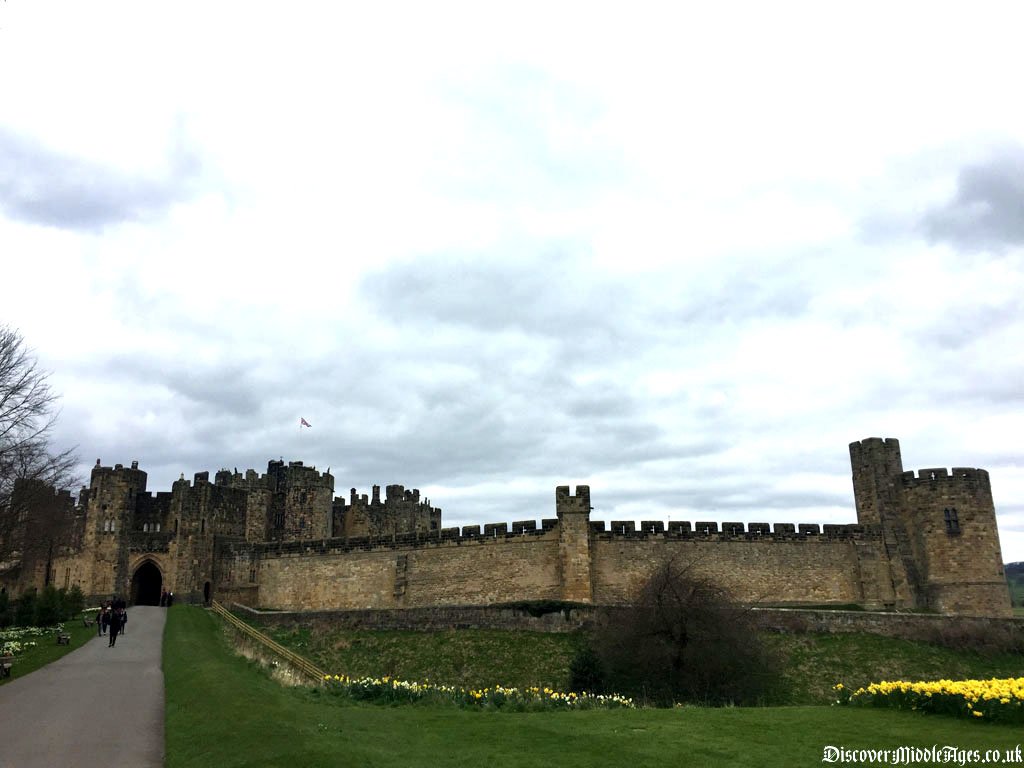
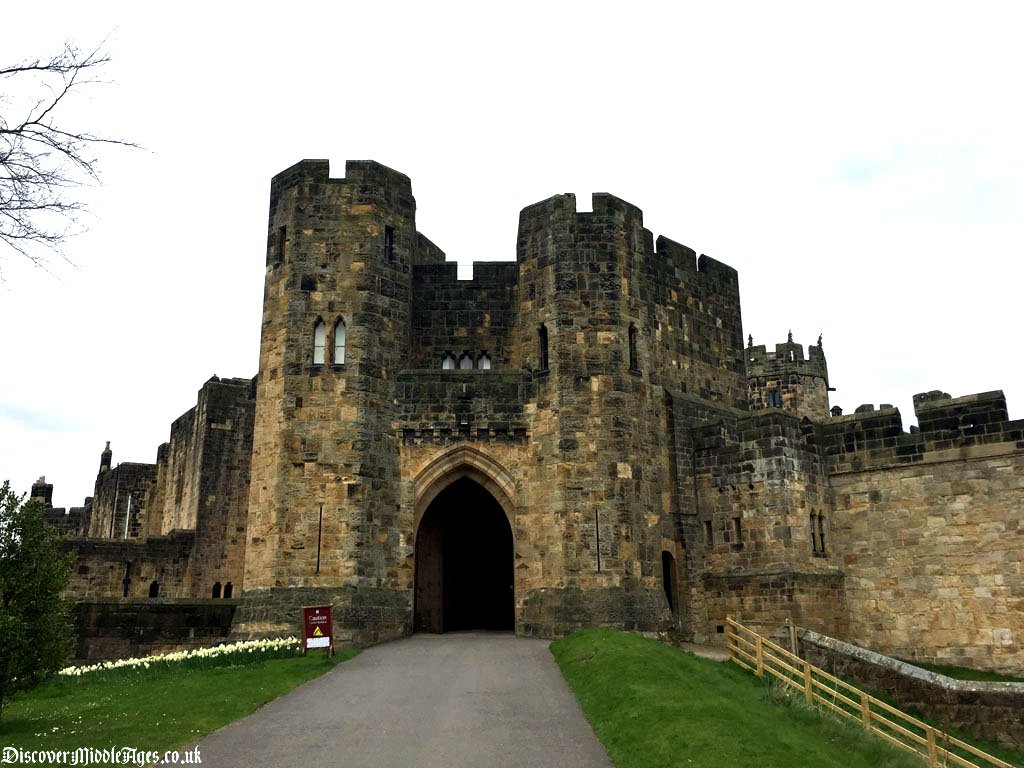
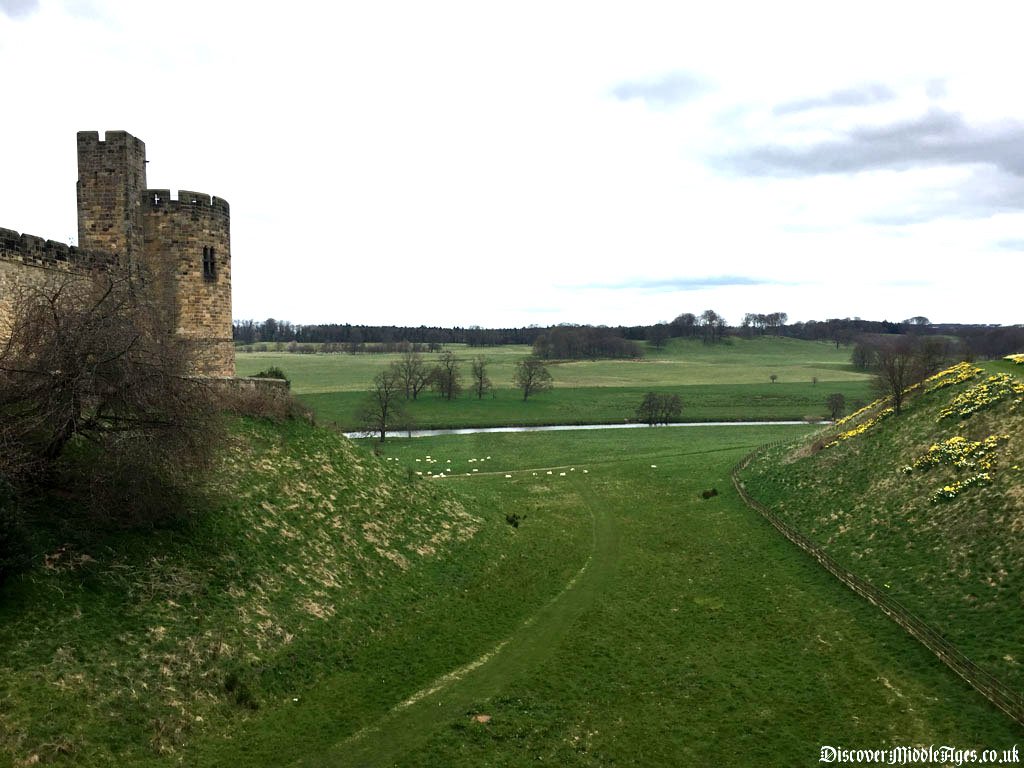
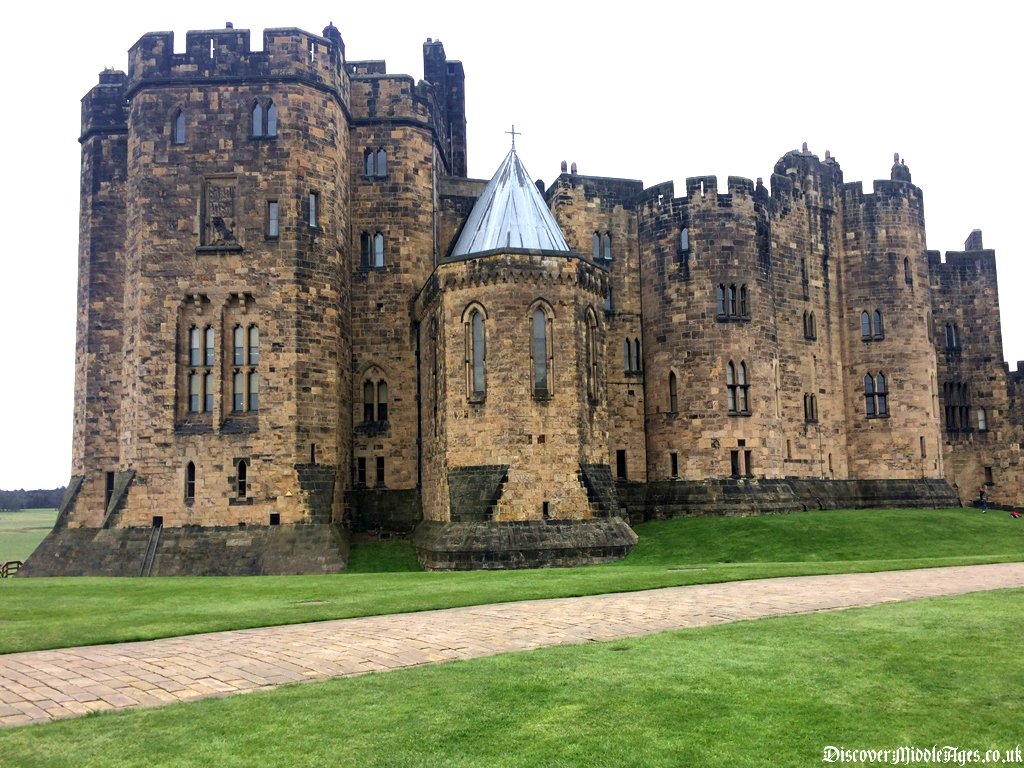
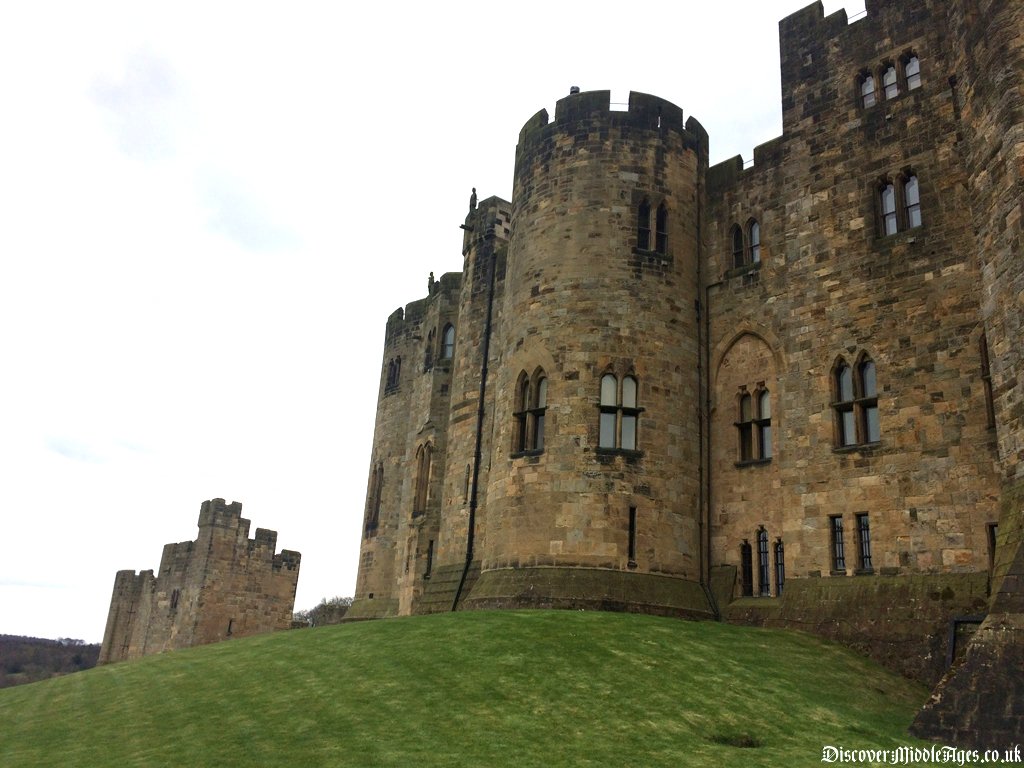

Alnwick Castle and the Percy Family
With the de Vescy family removed from Alnwick, the estate was granted to Antony Bek the Bishop of Durham.
Henry Percy 1st Baron Percy of Alnwick, meanwhile, was the head of the powerful Percy family, and a close noble to King Edward I. Henry Percy had successfully fought battles against the Scots, he was the Keeper of the Marches, and a member of the King's Council.
In 1309, Bek was persuaded to sell Alnwick Castle to Henry Percy. A strategic move by the king, which would place the warrior into the northern barony of Alnwick, to control the Scottish threat. Alnwick Castle has been owned by the Percy family, the Earls and later Dukes of Northumberland, ever since.
Henry Percy set about fortifying Alnwick Castle even further. Towers were built along the curtain wall, with the largest being the Abbot's Tower.
The middle gateway followed, and the semi-circular towers on the castle's keep were added along with the octagonal towers on the keep's gatehouse. These later additions were likely to have been added by Henry de Percy, 2nd Baron Percy.
In 1440 the vast defensive barbican was built, with it's drawbridge, ditch and tower. This was to protect the somewhat vulnerable gatehouse and walls, which were threatened by Scottish raids and again during the sieges of the Wars of the Roses.
Surveys have revealed other smaller castle buildings within the walls, that have since disappeared. A blacksmith was located by the barbican, for example, and a bakehouse, brewery, military store and stables for 160 horses were also discovered in the survey. The inner bailey contained a garden, a school and a small chapel. A dungeon (oubliette) still survives too, where prisoners were kept in confinement.
The Percy family also purchased Warkworth Castle nearby. Despite Alnwick Castle's strength, comfort and status, the Percy family preferred to reside at Warkworth for the most part.
The Earldom of Northumberland
The Earl of Northumberland was first created for Henry Percy, 3rd Baron Percy of Alnwick in 1377. Henry became Marshall of England in 1367, through his efforts in the war against France. Then the following year, after the coronation of King Richard II in 1377, Henry Percy was given the title Earl of Northumberland.
Sir Henry 'Hotspur' Percy
The most famous of all the Percy family, was Sir Henry 'Hotspur' Percy, better known as Harry 'Hotspur' Percy. He was the son of the Earl of Northumberland and was born in Alnwick Castle. Like the previous Percys, Hotspur was raised in the Percy tradition of battling the Scots. He earned the epithet 'Hotspur' from his heroic courage, military might, and eagerness to do battle.
He began fighting in wars at 14, and was knighted by King Edward III in 1377. Later in 1388, Hotspur was created a Knight of the Garter, and Warden of the Marches. That same year while fighting the Scots, Hotspur was captured at the Battle of Otterburn, but later ransomed for a vast sum.
Despite years of loyal service to King Richard II, Henry Hotspur and the Percy family became disillusioned by the king. Hotspur switched allegiance and supported the exiled Henry Bolingbroke, cousin of the king. Hotspur's father helped capture Richard II on his return from Ireland. Meanwhile, Hotspur gathered an army to support Bolingbroke.
On 1st October 1399, King Richard II was deposed, and Henry Bolingbroke became King Henry IV. The Percy family were rewarded with lands and titles, and resumed their role as protectors of northern England.
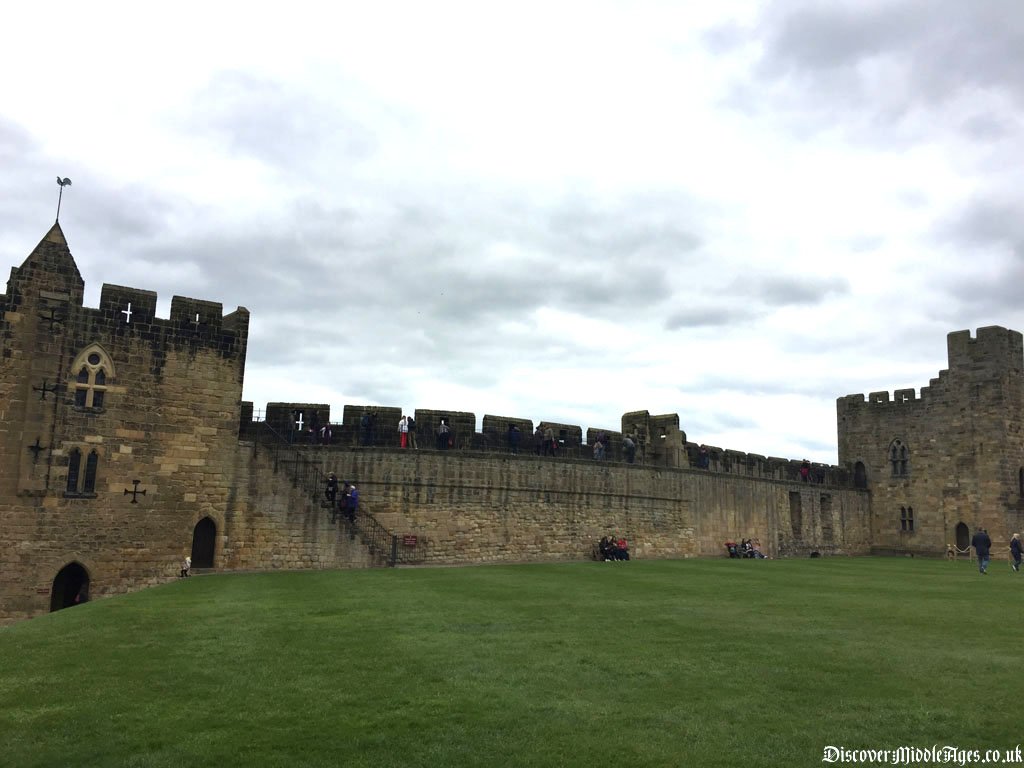
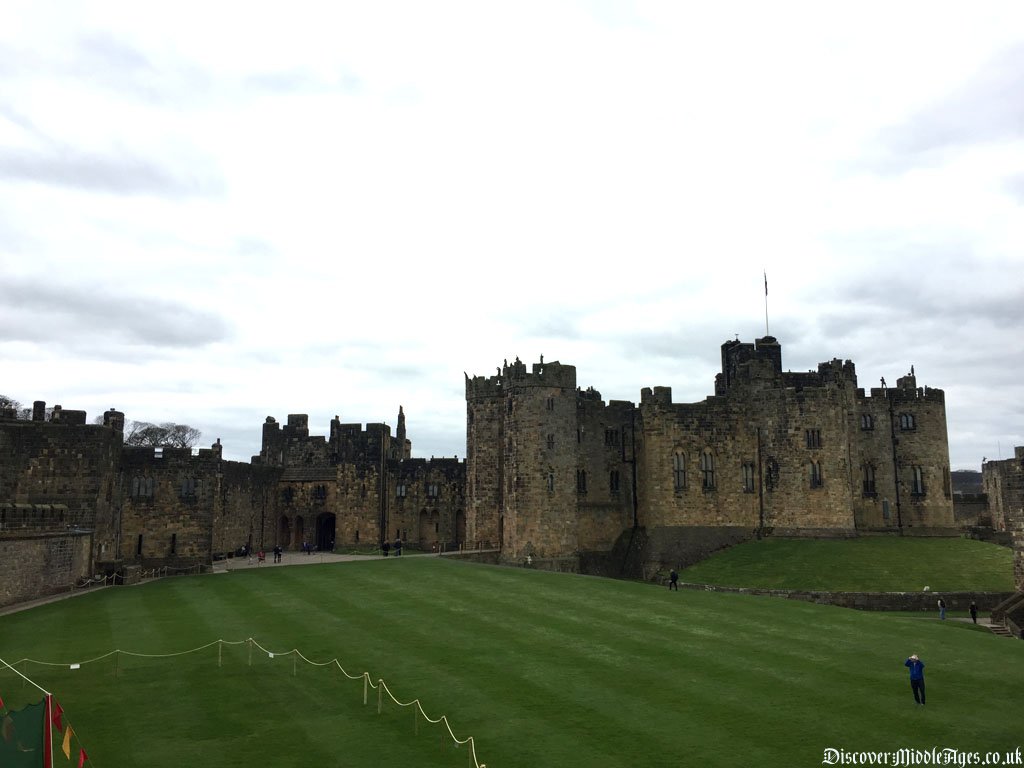
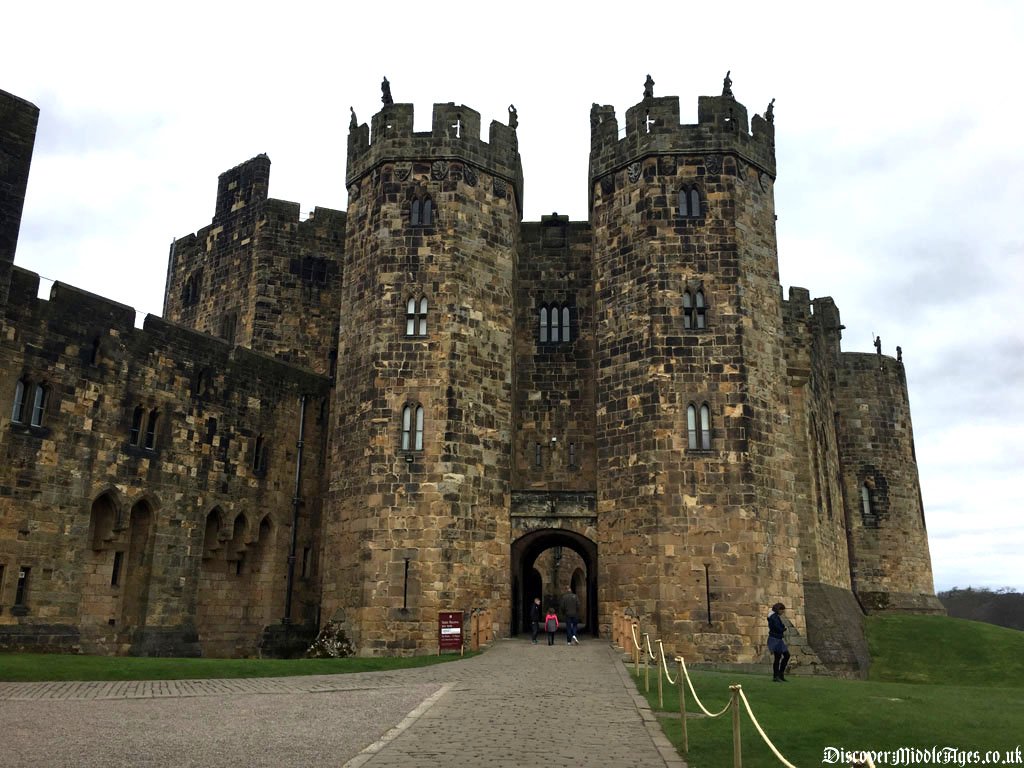
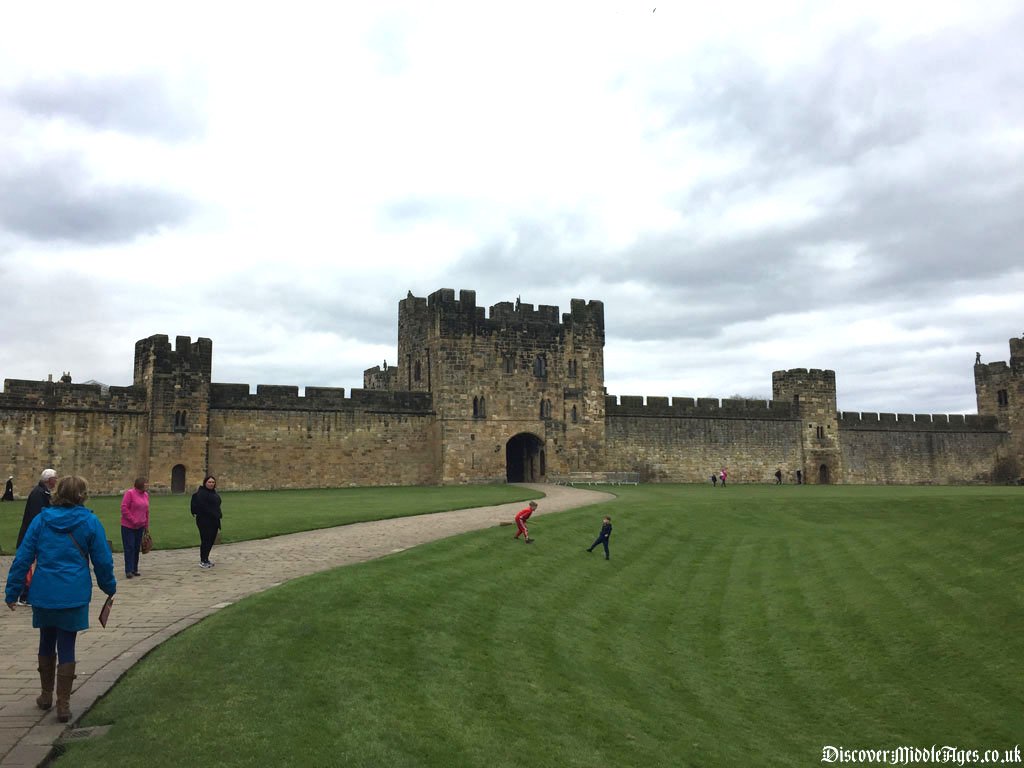
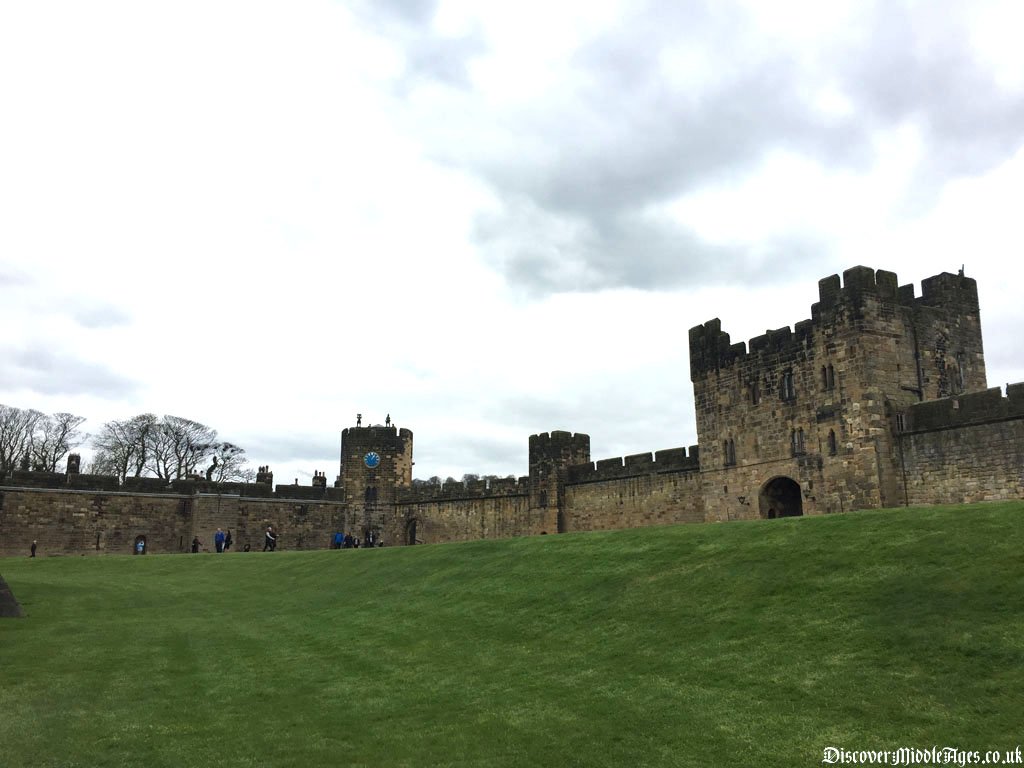
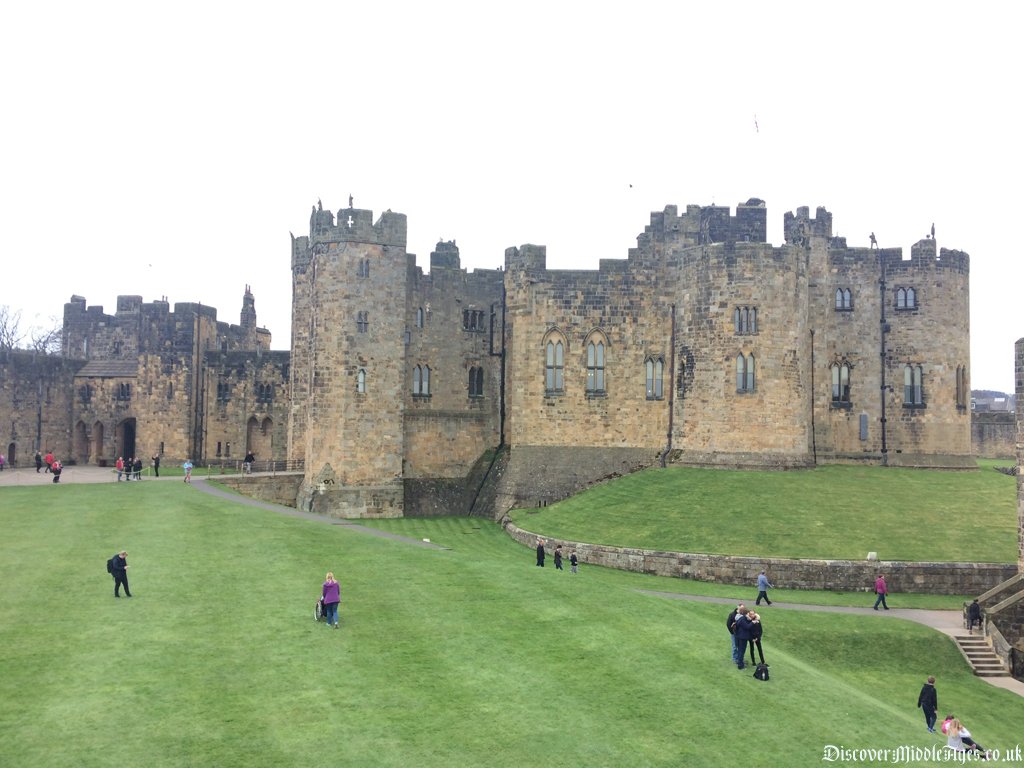
Alnwick Castle and the Battle of Shrewsbury
Despite helping Henry IV to the throne, the Percy family did not always get along with the king. After successfully defeating a Welsh rebellion, Henry IV had promised the Percy family lands around Cumberland, and payment of some outstanding debts. However, the lands and payment were never received, with lands given to a rival family. Henry 'Hotspur' Percy and his father revolted, and led an army against the king at the Battle of Shrewsbury, on 21 July 1403.
Henry IV's army sustained greater losses than the rebels, and the king nearly lost his life. However, Henry 'Hostpur' Percy was killed, and as the word quickly spread, the battle ended.
Cannon Fire
Henry Percy, Earl of Northumberland (Hotpur's father) fled back to Alnwick, with Henry IV in pursuit. Alnwick castle was surrounded and besieged by the royal forces. The siege ended when Henry IV threatened Alnwick with cannon fire, and so the Earl of Northumberland surrendered to save it from ruin.
The following year the Earl of Northumberland fought against the King again. Once more Alnwick Castle would not surrender, so Henry IV continued north to Berwick. On the king's return, the Earl surrendered Alnwick when the threat of cannon fire was made. The Alnwick estates were confiscated, only to be returned to the Percy family in 1414.
Scottish Raids
In 1424 the castle was besieged and the town burned by numerous Scottish raiding parties. For the next few years, the Earl of Northumberland would invade Scotland once in a while, and the Scots would in turn attack Alnwick Castle. In 1433, King Henry VI granted a licence to build town walls for protection. But in 1448 the castle was once again attacked and burned by the Scots.
Alnwick Castle in the Wars of the Roses
During the Wars of the Roses, Alnwick Castle and the estates were confiscated when the Earl of Northumberland allied with the Lancastrian side. Alnwick was besieged five times between 1462 and 1464.
In 1462 during a Yorkist siege, the castle was defended by French gunners. When the castle looked to be captured, the gunners managed to escape through the Postern Tower, joining a relief force of Lancastrians.
But before escaping, they rolled all the cannon balls down into the castle well! Alnwick Castle eventually turned in favour of the Yorkist cause in 1464, when the 4th Earl of Northumberland joined the Yorkist side.
Alnwick Castle and Harry Potter
Alnwick Castle and Hulne Park have played host to many famous movies. Some include Mary Queen of Scots and Robin Hood - Prince of Thieves, but the most famous are Harry Potter and the Philosopher's Stone and Harry Potter and the Chamber of Secrets. Alnwick Castle is the site of Harry's Quidditch practice, the lesson on broom-flying, and where Ron crashed the Ford Anglia! Some areas of the castle have also been used for interior and exterior shots of Hogwarts.
Harry Potter Broom Flying at Alnwick Castle Image Source from rebekahesme.com
Visitors to the castle can re-enact the famous broom-flying scene, by taking part on a broom 'flying' lesson provided by the castle.
Alnwick Castle Gardens
Alnwick Castle Gardens are a situated within the walls of the old garden. There are some extraordinary water features, lighting displays and garden architecture to be seen. Designers from across Britain and Europe have collaborated and produced a magnificent display for all to enjoy.
Image Source: alnwickgarden.com
Visiting Alnwick Castle
Alnwick Castle is run and managed by the Northumberland Estates. For details on opening times, facilities and refreshments please visit: https://www.alnwickcastle.com/
Address: Alnwick Castle, Alnwick, Northumberland, NE66 1NQ
